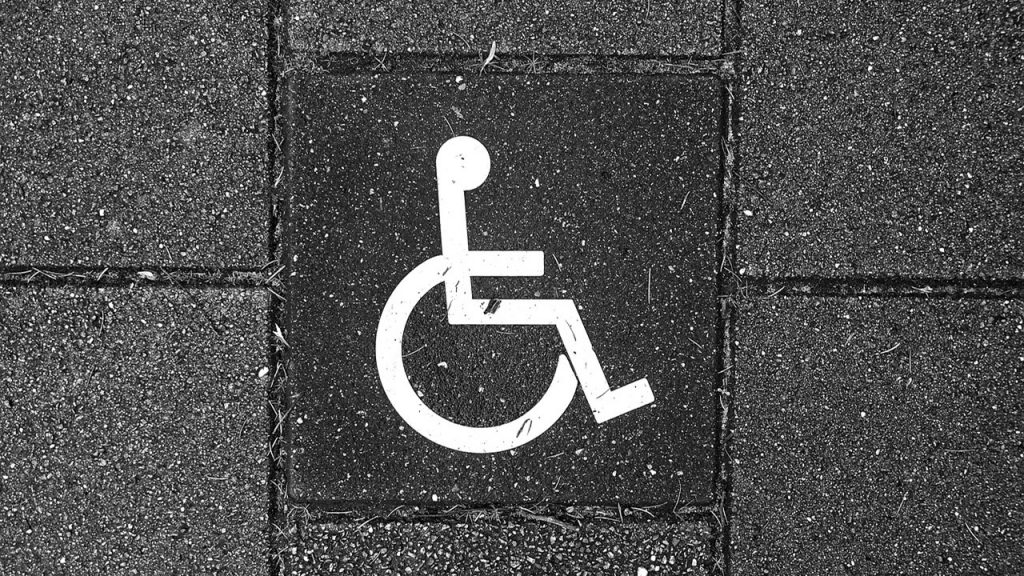
South Korean developer of IoT (Internet-of-Things) products, Guru IoT, announced that they are currently developing a self-driving smart mobility wheelchair based on digital-twin map data.
Existing self-driving mobility technology uses LiDAR sensors to generate maps in real time. However, Guru IoT’s technology will use digital-twin 3D map data stored on a server to modify sensor data and improve self-driving accuracy. The company claims that the wheelchair can navigate a crowd and physical obstacles while also coming equiped with safety features like vibration and overturn prevention functions that are not available on other electric wheelchairs. Additional safety features include automatic safe distance maintenance, drive mode shifting depending on situation or terrain, emergency braking, malfunction alarm, as well as other in accordance with self-driving standards.
Song Su-han, president of Guru IoT, said in a prepared statement, “Our self-driving wheelchair is the prime example of showing that robots and humans can work together well from a human-robot interaction perspective. We at Guru IoT will try hard to come up with new products and services that can help more people by combining good ideas with technologies we are developing.”












